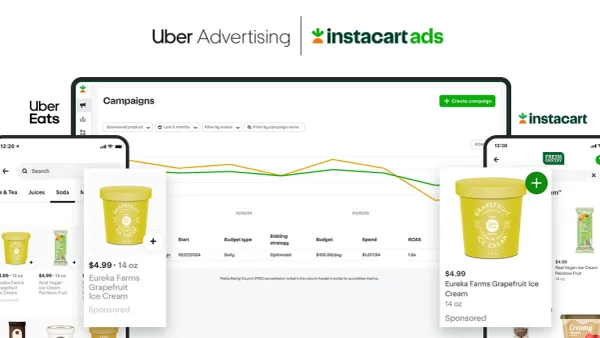Dive Brief:
- Video impressions served to connected TV platforms rose to 40% in Q2, after a drop off in Q1, according to a new benchmark study from Extreme Reach.
- The report also revealed that media buying patterns are shifting with the share of impressions served via media aggregators up 59% this year for a total share of 35% while the share of impressions served through premium publishers fell to 65%, a low not seen since Q3 2018. Additionally, 79% of video ads were in the 30-second format.
- Mobile in-app ads saw higher impressions and better completion rates than ads on mobile web, per the report. Twenty-six percent of the video ad impressions were served in-app, while 12% were served to mobile web. The completion rate of ads was 79% in-app and 64% on the mobile web.
Dive Insight:
Extreme Reach's study has a few interesting takeaways for marketers as the pandemic's impact continues to be felt on how and where they purchase video ads, as well as on consumer consumption habits. This is especially true as online video viewership is on the rise as people spend more watching more content through online channels while stuck at home.
The finding that fewer video ads were bought through premium publishers in Q2 suggests that as some advertisers have had to deal with scaled back marketing budgets in response to the pandemic-related economic slowdown, inventory that was previously available only through premium publishers became available on exchanges. The rise in video impressions served to connected TV platforms during Q2 suggests that advertisers started to spend again in the April-June period following a slowdown that occurred during the initial stage of the health crisis.
In addition, shoppable direct response video may be getting a boost as consumers shop more online, per the report. This takeaway is based on the finding that click-thru rates for video ads increased 39% year over year to .29%. Shoppable direct response ads have come to prominence among direct-to-consumer brands and there are a growing number of platforms offering this type of ad, including YouTube, which recently introduced shoppable video ads, Verizon Media and Instagram, among others.
The pandemic's impact on video ads extends beyond buying strategies. A report from VidMob last month found that the emotions in video ads impacted their sales performance. For instance, surprised emotions in the first three seconds led to a 360% jump in performance from start of the pandemic to lockdown and ads with happy emotions saw a decrease of 64% in conversions. Calm videos increased purchases by 156% during lockdowns and ads showing women drove a 325% increase in performance.














